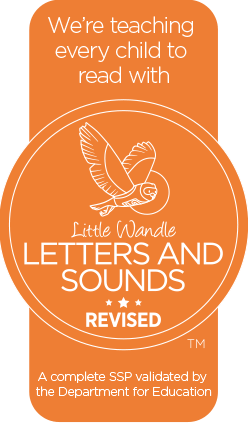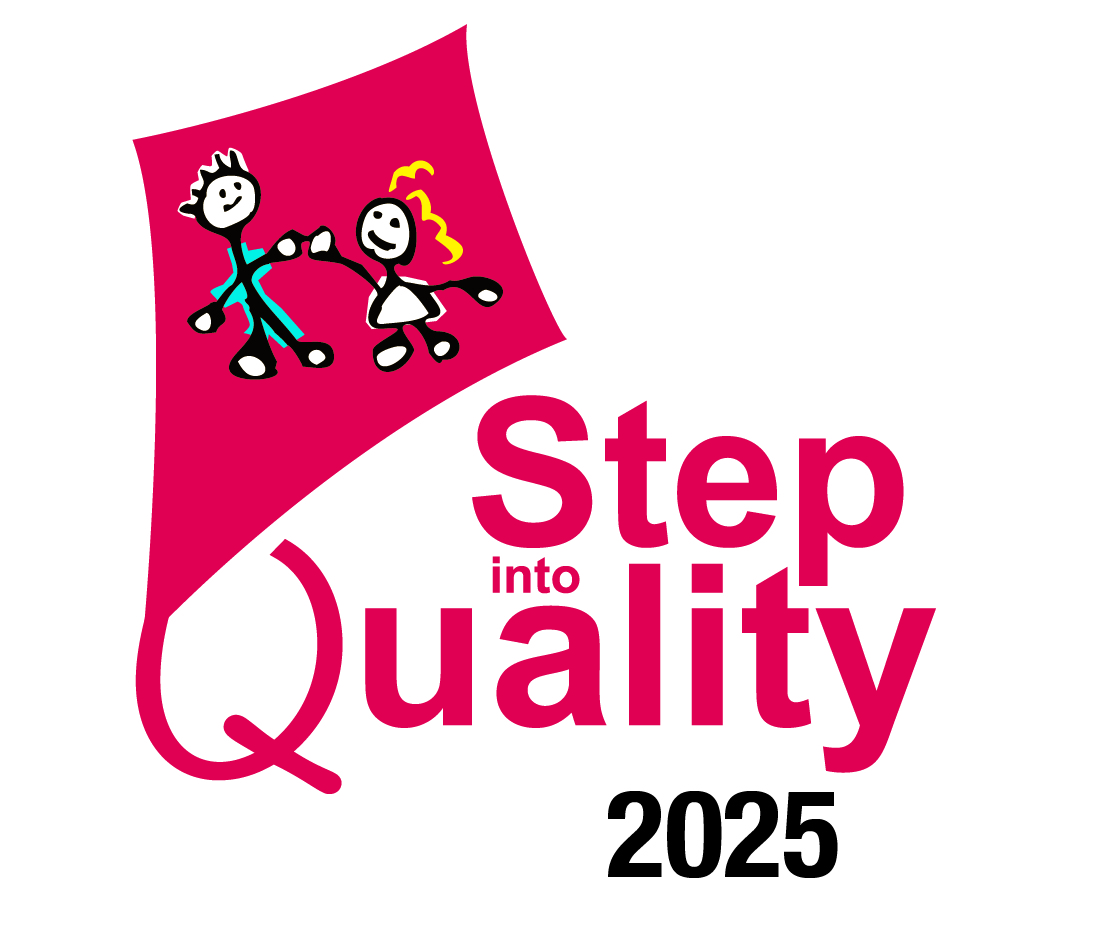St. Edmund’s Catholic Primary School
English Intent Document
At St Edmund’s Catholic Primary School, we believe that a quality Literacy (English) curriculum should develop children’s love of reading, writing and discussion. We aim to inspire an appreciation of our rich and varied literary heritage and a habit of reading widely and often. We recognise the importance of nurturing a culture where children take pride in their writing, can write clearly and accurately and adapt their language and style for a range of contexts. We want our children to be confident in the art of speaking and listening and to use discussion to communicate and further develop their learning.
We believe that children need to develop a secure knowledge-base in Literacy, which follows a clear pathway of progression as they advance through the primary curriculum. We believe that a secure basis in literacy skills is crucial to a high-quality education and will give our children the tools they need to participate fully as a member of society.
Implementation
At St Edmund’s, our curriculum is made of the following sequence: Spoken language; Reading: word reading and comprehension; Writing: transcription, composition, vocabulary, grammar and punctuation. We use Lancashire planning units and teaching sequence from Year 1 to Year 6 to plan broad, balanced units of work with a clear outcome at the end of each unit. To ensure the progression of learning and coverage of the National Curriculum, each unit is mapped-out comprehensively; to show the progression of skills and knowledge from Year 1 to Year 6.
We teach our children in mixed aged classes; therefore, substantive and disciplinary knowledge is taught at an age-related level. English taught daily and all lessons are sequenced, so that prior learning is considered and opportunities for revision of language and grammar are built in. Each lesson and resources help our children to build on prior knowledge alongside the introduction of new skills.
These aims are embedded across our literacy lessons and the wider curriculum. We have a rigorous and well organised English curriculum that provides many purposeful opportunities for reading, writing and discussion. Teachers adapt the Lancashire English Scheme as appropriate to their classes, but also ensure that cross curricular links with concurrent topic work are woven into the programme of study. Our curriculum closely follows the aims of the National Curriculum for English 2014.
The national curriculum for English aims to ensure that all pupils:
● read easily, fluently and with good understanding
● develop the habit of reading widely and often, for both pleasure and information
● acquire a wide vocabulary, an understanding of grammar and knowledge of linguistic conventions for reading, writing and spoken language
● appreciate our rich and varied literary heritage
● write clearly, accurately and coherently, adapting their language and style in and for a range of contexts, purposes and audiences
● use discussion in order to learn; they should be able to elaborate and explain clearly their understanding and ideas
● are competent in the arts of speaking and listening, making formal presentations, demonstrating to others and participating in debate.
Vocabulary:
At St Edmund’s, we understand the importance of language in our everyday lives. As a result, we teach vocabulary on a daily basis in 30-minute sessions. We follow a three-tiered approach to teaching vocabulary, that is planned, explicit & robust.
Each session is planned prior to the start of each half term. The staff assess all vocabulary that the children will be exposed to over the half term and place them within tiers.
Tier 1: known common words.
Tier 2: high frequency, high utility.
Tier 3: low frequency technical words.
The language that is crucial to understanding (tier 2) is taught prior to any new learning opportunity in a robust and explicit manner over a week; removing barriers and enhancing learning opportunities for all.
Impact
Our English curriculum offers high quality and well-planned lessons, which encourage progression. Key vocabulary are embedded in each lesson. Continuity and progression are in-built within the curriculum. These are broken into year group expectations.
In order to ensure our aims have been met, we scrutinise learning through:
- Assessing children’s understanding of the English through each unit of work including linked vocabulary before and after the unit is taught.
- Talking to children during the lesson to ensure they have understood the learning objective – Assessment for learning.
- Mark completed work – Assessment for learning
The above enables the teacher to make an informed judgement on the children’s understanding and records them against the age-related standards on the school tracking tool ‘itrack’.
English Documents
Mixed Key Learning in Reading and Writing
What is phonics?
Phonics is a way of teaching children to read quickly and skilfully. They are taught how to:
- recognise the sounds that each individual letter makes;
- identify the sounds that different combinations of letters make
- such as ‘sh’ or ‘oo’; and
- blend these sounds together from left to right to make a word.
Children can then use this knowledge to ‘de-code’ new words that they hear or see. This is the first important step in learning to read.
Children can then begin to use the knowledge of sounds within words when they are writing. Children will learn to say the word they want to write, break the word into ‘chunks’ (segment) and then write each part down, using the letter-sound links they have been taught. This process is developmental and we group the children according to their phonic ability. Some children may not have developed good phonological awareness when they reach the end of KS1 and will need additional support in KS2.
Why phonics?
Research shows that when phonics is taught in a structured way – starting with the easiest sounds and progressing through to the most complex – it is the most effective way of teaching young children to read.
It is particularly helpful for children aged 5 to 7.
Almost all children who receive good teaching of phonics will learn the skills they need to tackle new words. They can then go on to read any kind of text fluently and confidently, and to read for enjoyment.
Children who have been taught phonics also tend to read more accurately than those taught using other methods, such as ‘look and say’. This includes children who find learning to read difficult, for example those who have dyslexia.
What phonics scheme do we use?
At St. Edmund's, we use the phonics scheme 'Little Wandle - Letters and Sounds Revised'. The scheme provides the children with a consistent approach to learning which then enables them to concentrate on the expected learning. Children are taught as a whole class and those children who are having difficulties then receive extra support either one to one or as a small group. Assessments are completed every six weeks to ensure the children gain the support they require. To find out more information about the program, how it works and how you can support your child, please click on the link below:
https://www.littlewandlelettersandsounds.org.uk/resources/for-parents/
What is the phonics screening check?
The phonics screening check is a quick and easy check of your child’s phonics knowledge. It helps our school confirm whether your child has made the expected progress.
How does the check work?
Your child will sit with their class teacher and be asked to read 40 words aloud.
- Your child may have read some of the words before, while others will be completely new.
- The check normally takes just a few minutes to complete and there is no time limit. If your child is struggling, the teacher will stop the check. The check is carefully designed not to be stressful for your child.
What are ‘nonsense words’?
The check will contain a mix of real words and ‘nonsense’ words ('pseudo words’). Your child will be told before the check that there will be nonsense words that he or she will not have seen before. Many children will be familiar with this because we already use ‘nonsense’ words when we teach phonics.
Nonsense words are important to include because words such as ‘vap’ or ‘jound’ are new to all children. Children cannot read the nonsense words by using their memory or vocabulary; they have to use their decoding skills. This is a fair way to assess their ability to decode.
After the check
We will tell you about your child’s progress in phonics and how he or she has done in the screening check in the last half-term of year 1. If your child has found the check difficult, we will also tell you what support we have put in place to help him or her improve through Year 2. We will also suggest ways that you can support your child to take the next step in reading.
Children who have not met the standard in year 1 will retake the check in year 2.
All children are individuals and develop at different rates. The screening check ensures that teachers understand which children need extra help with phonic decoding.









